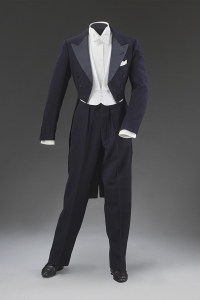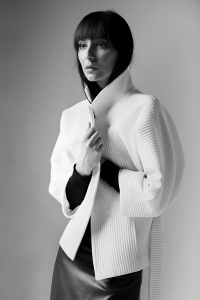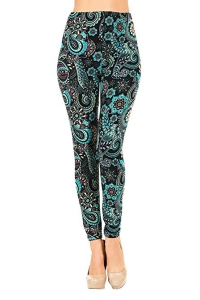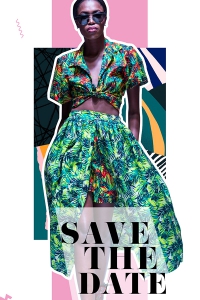It has never been more critical for companies to embrace inclusivity in all of its human facets, but how can fashion brands be really size-inclusive?
Five Tips For Catering To Plus-Size Consumers
With the emerging audience's needs and market developments in mind, fashion experts at JOOR have collated their best tips for brands to listen to the plus-size demographic.
1. Increase your sizing range
According to @creativehouseuk, the first step to becoming plus-size inclusive is to expand your clothing size range to 5XL or over. Adding extra sizes to your collections can boost your consumer demographic, as selling larger sizes at the same price does. Setting your base price around the largest size can lessen excess material costs and make those customers feel fairly treated.
Fashion experts at JOOR say: “Fashion is for everyone, and the plus-size clothing market is a fast-growing segment in the industry; your brand needs to see a bigger picture in terms of inclusivity as well as profit.”
2. Design with all bodies in mind
Increasing your range of sizes is a significant first step to becoming inclusive, but that does not just mean adding width and length. @wtfoffashion suggests the best way to cater to all bodies is to avoid the standard straight cut and focus on how different proportions look as the size increases. Additionally, use a variety of materials and shapes to give consumers choices that fit their unique style:
“Every person has a different style and body shape, so styling for just one eliminates consumers’ ability to feel confident in what they wear.” Says JOOR.
3. Make jewellery and accessories size inclusive too
Having a range of sizes built for different bodies applies to accessories too. For example, @wtfoffashion also explores the importance of inclusivity across jewellery by expanding size ranges to rings and belts, as well as clothing items.
4. Style and plus-sized are not mutually exclusive
TikTok users like @b1gbimbo and @officialcatieli have complained about the lack of style when brands branch out into plus-size clothing, such as a focus on floral prints and a lack of diverse fabrics. To avoid this, aim for cohesive styles with your brand's other ranges instead of creating a limited plus-size selection, and show that patterns are attainable to all sizes.
“The opportunity for trending fashion is endless, and injecting the same passion from standard size lines into plus-sizes can show the consumer you are thinking about everyone,” JOOR advises.
5. Enhance your digital offering
In a digital world, investment in and adoption of new technologies are a great way to improve the shopping experience, especially for plus-size consumers. Strategies like online virtual changing rooms can alleviate common stresses for plus-size consumers (as showcased by @_katiefrances, as well as ensure you are on top of successful trends:
“Experimenting with digital shopping experiences is a great way to showcase your pieces whilst alleviating a primary stress for plus-size consumers.” JOOR comments.
Top Tips For Inclusive Brand Marketing
Looking for body positivity can be a stressful journey but brands can help their audience feel good in their own skin.
1. Show plus-size models
According to TikTok user @hannahleelifestyle, the best way to market plus-size ranges is to let consumers view the product based on the body type it was made for. 1.6 million people liked this example that included representation in marketing from @jessakae, where women of all shapes, heights and races model the clothing for each size.
2. Integrate collections
A quick look at the American demographics shows the importance of integration and inclusivity in the fashion industry. Plunkett Research estimated that 68% of American women are over a size 16, meaning that most consumers are considered plus-size. Glamour.com has suggested that the term ‘plus-size’ might be an outdated way to describe the vast majority of consumers. The best way to avoid this is to integrate sizes with main collections.
3. Be authentic and receptive to your customers
Be upfront about your stock sizes, and be ready to answer questions. Listening to what customers have to say and diving deeper into your target audience is a great way to figure out ways to alleviate their concerns.
Marketing and product development tips will surely help brands get into the right size-inclusivity mindset to ensure customers are happy and feel represented as never before.






